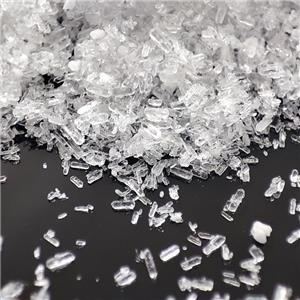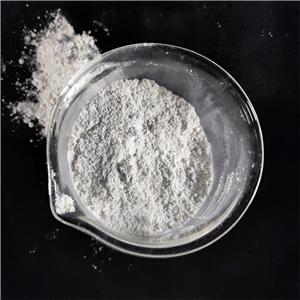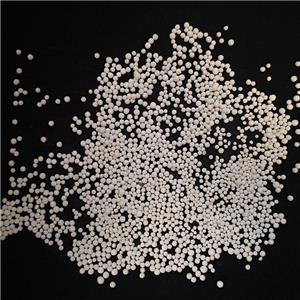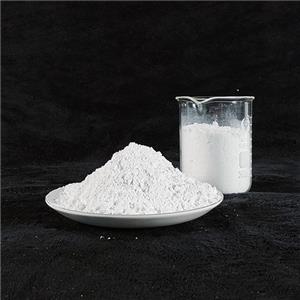Is Magnesium Hydroxide a Good Conductor?
Introduction
Magnesium hydrate, with the chemical formula Mg(OH)₂, is a common inorganic compound that is widely used in various industrial and medical applications. It is perhaps best known as an antacid and laxative, but it also finds use in wastewater treatment, flame retardants, and as a precursor to other magnesium compounds. One question that often arises in the study of this compound is whether Magnesium hydrate is a good conductor of electricity. To answer this question, we must delve into the chemical and physical properties of Magnesium hydrate, its structure, and the nature of electrical conductivity in solids and solutions.
Chemical and Physical Properties of Magnesium Hydroxide
Magnesium hydrate is a white, crystalline solid at room temperature. It is sparingly soluble in water, with a solubility product (Ksp) of approximately 5.61 × 10⁻¹² at 25°C. This low solubility means that only a small amount of Mg(OH)₂ dissolves in water, producing magnesium ions (Mg²⁺) and hydroxide ions (OH⁻). The compound has a layered structure, similar to that of brucite, a naturally occurring mineral form of magnesium hydroxide.
The low solubility of magnesium hydroxide in water is a key factor in determining its electrical conductivity. In general, the ability of a substance to conduct electricity depends on the presence of mobile charge carriers, such as ions or electrons. In the case of Magnesium hydrate, the limited dissociation in water suggests that it may not be a strong conductor of electricity in its pure, solid form. However, the situation changes when Magnesium hydrate is dissolved in water or exposed to acidic conditions.
Electrical Conductivity in Solids and Solutions
To understand whether Magnesium hydrate is a good conductor, it is essential to distinguish between electrical conductivity in solids and in solutions.
Electrical Conductivity in Solids
In solids, electrical conductivity is typically determined by the presence of free electrons or mobile ions. Metals, for example, are excellent conductors of electricity because they have a "sea" of delocalized electrons that can move freely through the lattice. In contrast, ionic compounds like magnesium hydroxide have a crystalline structure where ions are held in fixed positions by strong electrostatic forces. In the solid state, these ions are not free to move, which means that pure magnesium hydroxide is a poor conductor of electricity.
However, some ionic compounds can conduct electricity when they are in a molten state or when they dissolve in water. This is because the ions become mobile and can carry an electric current. For magnesium hydroxide, the key factor is its solubility in water.
Electrical Conductivity in Solutions
When magnesium hydroxide dissolves in water, it dissociates into magnesium ions (Mg²⁺) and hydroxide ions (OH⁻). These ions are free to move in the solution, allowing it to conduct electricity. The extent of this conductivity depends on the concentration of ions in the solution, which in turn depends on the solubility of magnesium hydroxide.
As mentioned earlier, magnesium hydroxide has a low solubility in water. This means that only a small number of ions are produced when it dissolves, resulting in a relatively low electrical conductivity. In comparison, highly soluble ionic compounds like sodium chloride (NaCl) produce a much higher concentration of ions in solution and are therefore much better conductors of electricity.




